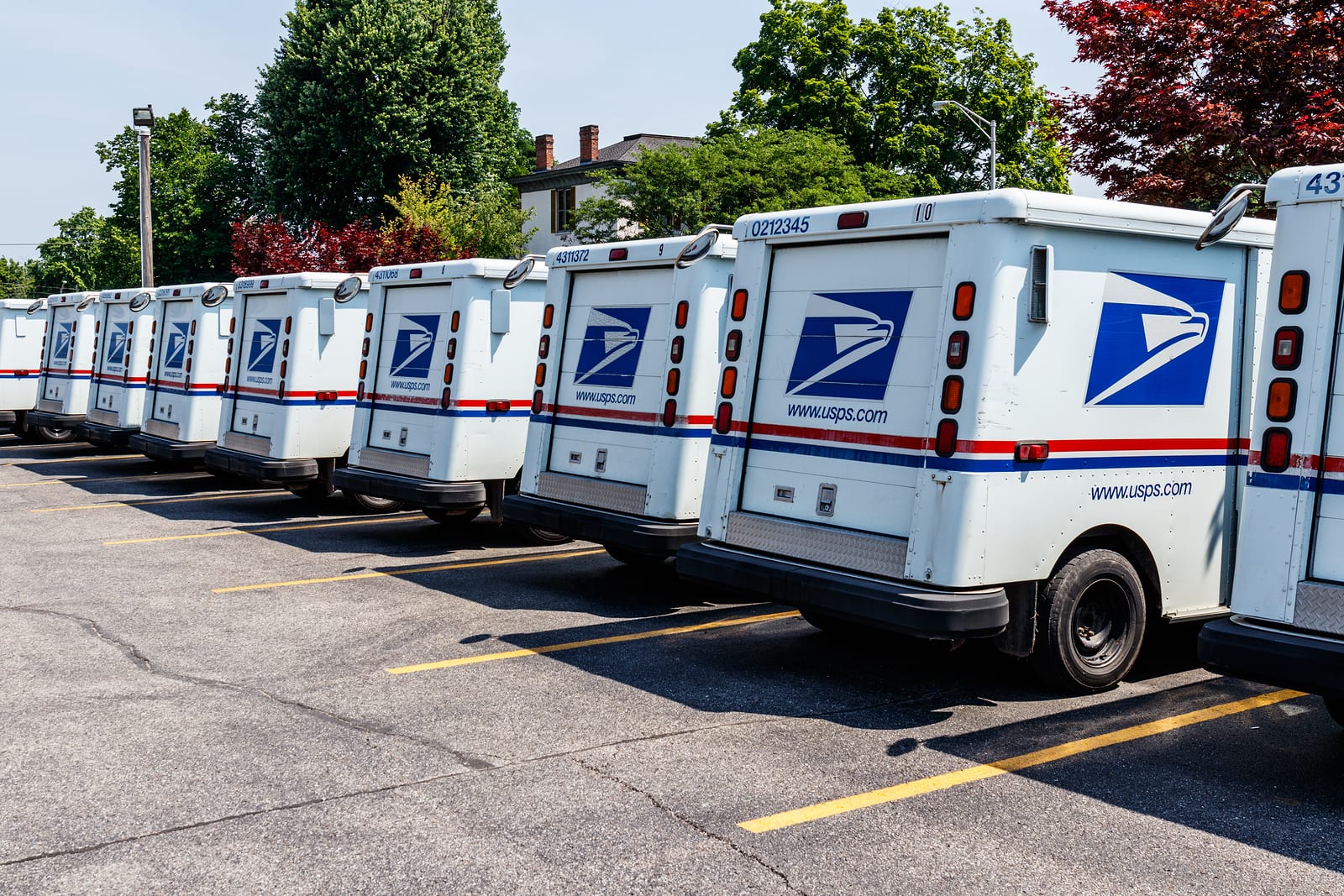When planning out your next direct mail campaign, knowing how you’re sending things out and what the best option is for you materials is obviously important. Part of budgeting for your outreach campaign should include the different ways you can send things out. There are many different classes of mail, and each have specific pros and cons. You can use your existing mailer campaign pieces to choose the right mailing class, or use the different classes as points of inspiration for a future campaign. The various USPS Mail Classes can be most effectively used by following this advice:
First Class Mail Letter
If you have a standard letter or paper mailer that is light and needs to go out over great distances, First Class should be your go to. Anything sent in this class must be 3.5 oz or lower, which can be limiting. However, the lowered weight means it can travel easily without extra cost. It costs the same to mail it within a town as it does across the country.
First Class Mail Flat
The term “Flat” refers to large envelopes, newsletters, and magazines. This basically means that it’s something that cannot be bent, and usually has a bit more weight to it. These can be larger than letter mailings, up to 12 x 15 inches in width and length, and ¾ of an inch thick. For the most mailing campaigns, if a mailer doesn’t fit in with the letter class, it’ll usually fit in this class.
First Class Package Service
For those larger mailers and pieces that are going to a more select audience, package service is a good route. Most packages cannot exceed 25 pounds, and the dimensions are limited to 27 x 17 x 17 inches. This will usually take care of any mailer you’re sending as a part of a larger campaign. The benefit of this kind of mailing class is that it usually includes free USPS tracking.
Priority Mail
As the name implies, Priority Mail means that you’re paying more of a premium for the service, but you’re also getting more benefits. Plenty of flat-rate options for shipping, 1-3 day nationwide delivery, coverage for up to 70-lb packages, and free tracking. While the fast delivery time is attractive, you might get the same speed from First Class Mail without paying extra. If you’re shipping something with more weight to it and want it to arrive quickly, this is the way to go for you.
Priority Mail Express
Take all of the benefits of Priority Mail, and kick it up a notch. Instead of 1-3 day shipping, you’re guaranteed overnight delivery 365 days of the year. This makes it the only class that promises a delivery time. It is the most expensive option however. If you have mail that you NEED to get out to the receiver by the next day, this is how you do it.
Retail Ground
This option works when time is not of the essence for what you’re sending out. The pricing relies on how much the package weighs (up to 70lbs), so you can use this method when shipping something heavier that isn’t urgent.
Media Mail
For heavy materials like books, printed music, and recorded computer-readable media (DVDs, CDs, and the like), Media Mail is the best class for you. The packages can weigh up to 70 lbs, and cost isn’t based on distance, and the contents qualify for lower shipping rates. It is slower than other forms of shipping, so when you need to get something out quickly, a more expensive and expedited class is probably best.





